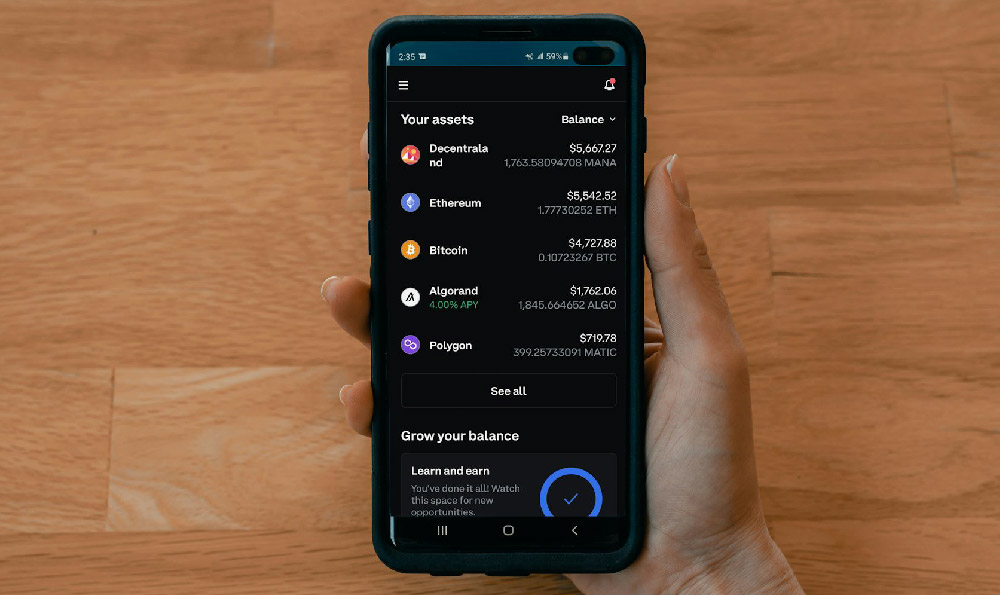What are some good ways to make money using Blender, and how can I get started?
Blender, the open-source 3D creation suite, has evolved from a niche tool for hobbyists to a powerhouse used by professionals across various industries. This rise in popularity presents a unique opportunity for individuals to monetize their Blender skills. The ways to earn money with Blender are surprisingly diverse, ranging from freelance work to selling assets and creating educational content. Understanding these avenues and how to get started is crucial for anyone looking to leverage their 3D artistry into a viable income stream.
One of the most common paths to monetization is freelance work. The demand for 3D artists is high across sectors like advertising, game development, architectural visualization, and product design. Businesses are constantly seeking skilled individuals who can create compelling visuals for their products, services, and projects. Platforms like Upwork, Fiverr, and Freelancer.com are excellent starting points. Creating a strong portfolio showcasing your best work is paramount. This portfolio should highlight your proficiency in different aspects of Blender, such as modeling, texturing, rigging, animation, and rendering. When applying for freelance gigs, be clear about your skills, experience, and pricing. Starting with smaller projects can help build your reputation and garner positive reviews, which will lead to more lucrative opportunities. Remember to communicate effectively with clients, understand their needs clearly, and deliver high-quality work on time. Specializing in a particular niche, such as architectural visualization or character modeling, can further enhance your marketability.
Another potentially lucrative path involves creating and selling 3D assets. Game developers, animators, and other 3D artists often need ready-made models, textures, and materials to speed up their workflow. Marketplaces like Blender Market, CGTrader, and TurboSquid provide platforms to sell your creations. The key to success in this area is to create high-quality, well-optimized assets that are in demand. Research what types of assets are popular and address a specific need in the market. Consider creating themed asset packs or offering variations of existing assets. Providing clear documentation and support for your products is also crucial for building trust and attracting repeat customers. Creating custom scripts and add-ons for Blender can also be a profitable venture, as many users seek tools to streamline their workflows or add new features.

For those with a knack for teaching, creating and selling educational content about Blender can be a rewarding way to earn income. Online learning platforms like Udemy, Skillshare, and YouTube are excellent avenues for sharing your knowledge. You can create tutorials, courses, or workshops covering various aspects of Blender, from beginner-friendly introductions to advanced techniques. High-quality video production, clear explanations, and engaging content are essential for attracting and retaining students. Building a community around your educational content can also foster loyalty and generate additional revenue through subscriptions, memberships, or premium content. Regularly updating your content and responding to student queries can further enhance your reputation as a knowledgeable and helpful instructor.
Moving beyond the digital realm, opportunities exist in 3D printing. Creating 3D models for printing, whether it's figurines, prototypes, or functional objects, can be a profitable niche. Services like Shapeways and Sculpteo allow you to sell your 3D printed designs directly to consumers. Understanding the limitations and requirements of 3D printing technology is important for creating models that are printable and visually appealing. Collaboration with local printing shops or makerspaces can also open up new avenues for reaching customers.
Finally, becoming a Blender consultant or trainer can be a valuable income stream for experienced users. Businesses and organizations may need assistance with implementing Blender into their workflows, training their staff, or troubleshooting technical issues. Offering your expertise as a consultant or trainer can be a high-paying opportunity, especially if you have specialized knowledge in a particular industry. Networking within the Blender community and building relationships with potential clients can help you secure these types of engagements.
Getting started in any of these areas requires a combination of technical skills, business acumen, and perseverance. Mastering Blender is the foundation, but it's equally important to develop your marketing, communication, and business management skills.
First, focus on building a strong foundation in Blender. Start with the basics and gradually work your way up to more advanced techniques. Numerous free tutorials and resources are available online, including Blender's official documentation and YouTube channels dedicated to Blender training. Practice regularly and experiment with different techniques to expand your skillset. Participating in Blender challenges and contests can also be a great way to improve your skills and get feedback from other artists.
Next, identify your niche and target audience. What are you passionate about creating? What skills do you excel at? Who are you trying to reach with your work? Answering these questions will help you focus your efforts and tailor your marketing strategy. Research the market to identify unmet needs or areas where you can offer a unique perspective.
Then, build a professional portfolio. Your portfolio is your most important marketing tool. It should showcase your best work and highlight your skills and experience. Use high-quality images or videos to present your work in the best possible light. Tailor your portfolio to the specific niche you are targeting.
After that, network and build relationships. The Blender community is a supportive and collaborative environment. Attend online or in-person events, participate in forums and social media groups, and connect with other artists and potential clients. Building relationships can lead to new opportunities and collaborations.
Remember to market your services effectively. Create a website or online profile to showcase your portfolio and services. Use social media to promote your work and engage with your target audience. Consider using paid advertising to reach a wider audience.
Pricing your work appropriately is critical. Research what other artists are charging for similar services or assets. Factor in your skills, experience, and the complexity of the project. Don't undervalue your work, but also be competitive in the market.
Lastly, stay up-to-date with the latest trends and technologies in Blender. The software is constantly evolving, so it's important to continue learning and expanding your skillset. Following Blender news and updates, attending conferences and workshops, and participating in online communities can help you stay ahead of the curve. By consistently honing your skills, building your network, and adapting to market demands, you can turn your Blender passion into a rewarding and profitable career.














